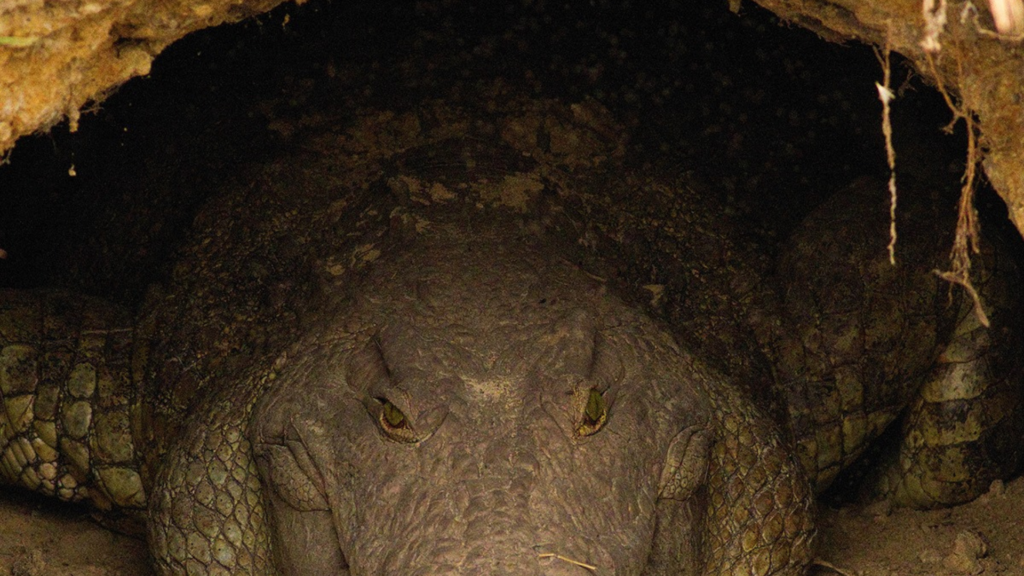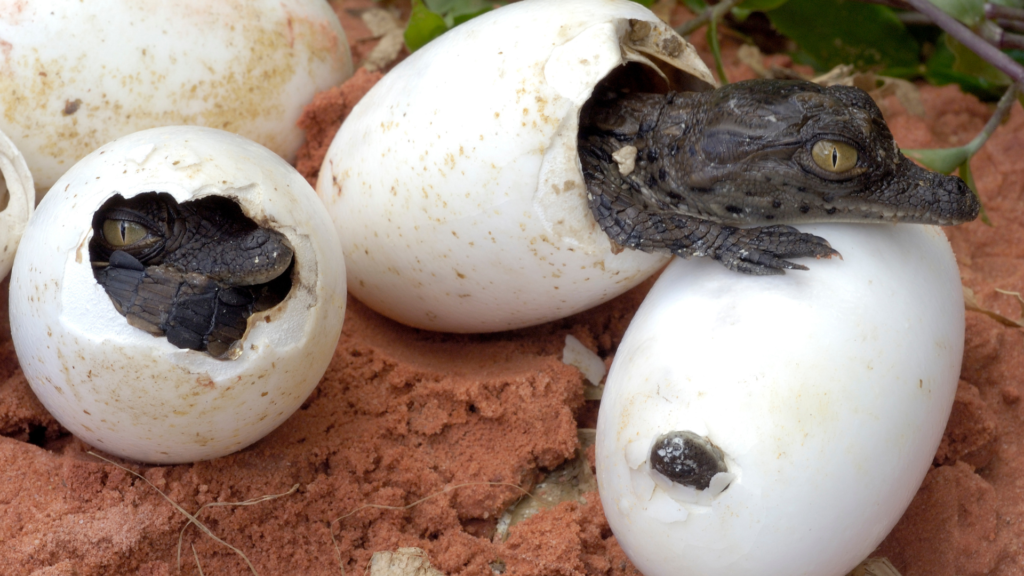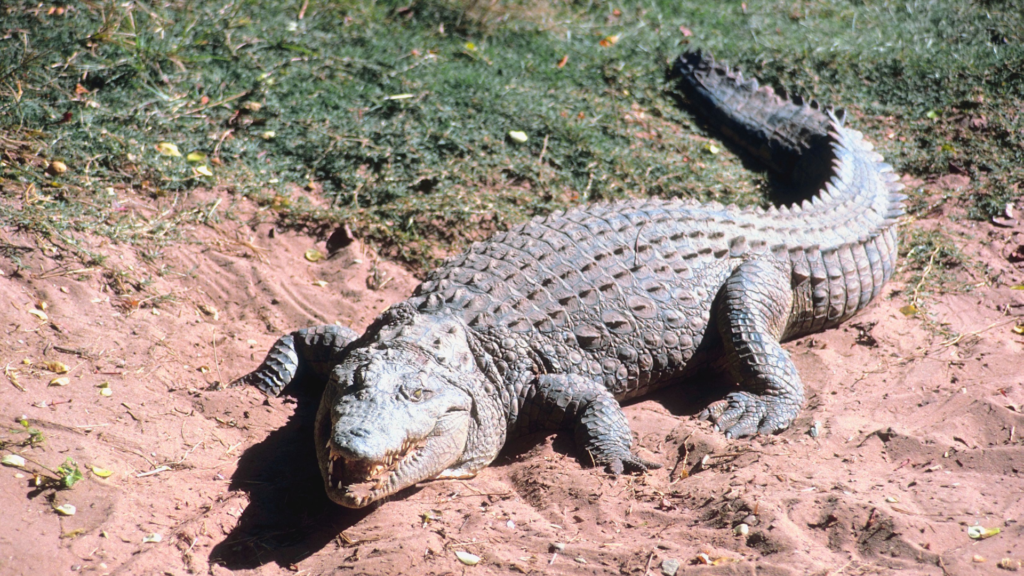When you think about crocodiles, you might imagine them basking in the sun without moving too much. But some crocodiles can surprise you with their habitat choices and how they get there. With around 28 different species of crocs worldwide, the Nile crocodile is by far the most impressive.
These crocs like to burrow dens of up to 40 feet underground. This makes them the crocs that burrow in the deepest dens of all. With so many strange behaviors, you might wonder why.
Meet The Nile Crocodile
These crocodiles are one of the largest species in the world, growing to lengths of up to 20 feet, depending on their age and sex. Some have been seen weighing up to 1,300 pounds, which is absolutely massive.
These apex predators can be found in sub-Saharan Africa and take down anything that comes their way. From fish to gazelle, a meal is a meal, especially if it’s easy.
While most Nile crocodiles can be found living in rivers, lakes, or swamps, one group has completely defied all odds, and their environment is deep underground.
Burrowing Behaviour

One of the most fascinating aspects of these crocodiles is their ability to dig burrows up to 40 feet underground. They currently hold the record for the animal that burrows the deepest. Why would these crocs feel the need to burrow in such deep dens?
They have some good reasons for preferring these depths. For starters, these dens give them a much more stable temperature. In a place where days can be extremely hot, these burrows keep them cool and comfortable no matter the weather.
Another excellent reason for them to have these dens is to lay their eggs and keep them protected. The environment inside these dens offers the perfect conditions for the young to grow and thrive.
Last, these dens protect them from any dangers they might face. They feel safe and protected from any predators or external threats they might have to face.
Breeding Season

Considering the weather can be unpredictable, these crocs rely on stable weather conditions to ensure their hatchlings have a fair chance of seeing the light of day.
Breeding season is usually between November and February; a single clutch can have between 25 and 80 eggs. These eggs can be incubated for around 90 days, so these burrows ensure that they stay safe and unharmed for the entire incubation period.
Eggs incubated below 31°C often yield females, while those between 31°C and 34°C produce males. This temperature-dependent sex determination shows the importance of the burrow’s microenvironment in the species’ reproductive success.
The Ecological Impact Of These Burrows
Crocodiles significantly impact the environment around them with the burrows they dig. Once these dens are abandoned, they become habitats for many other species. These easy homes make for great shelter when animals are looking for a quick escape from predators or other threats.
Apex predators also help regulate prey populations and keep the sensitive balance in the ecosystem.
The Lifespan Of These Crocs

These crocodiles have an amazing lifespan and can even outlive most humans. On average, they can live to be between 50 and 70, but some crocs have been known to live over 100 years old.
While they grow extremely fast once they hatch, they only gain independence around the age of 10. This is when they usually start competing for territory dominance.
Human Interactions
It’s important for people to understand their habitats, especially those living in close proximity to their natural habitats. Understanding these animals will help prevent human conflicts and help with conservation efforts to protect these predators.
Discover more of our trending stories and follow us to keep them in your feed

12 Rarest Mammals On The Planet And Where To Find Them
11 New Pet Care Trends Every Pet Owner Should Try in 2025
Philanthropist Promises To Cover $771.23M Annually After US Exit From Climate Accords
Massive Solar Plant Is Shutting Down Early—Saving Californians Over $500M
References:
Reference 1
Reference 2
This article first appeared here
Stay connected with us for more stories like this! Follow us to get the latest updates or hit the Follow button at the top of this article, and let us know what you think by leaving your feedback below. We’d love to hear from you!







